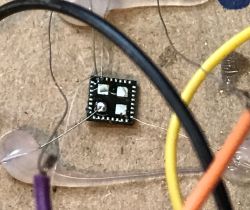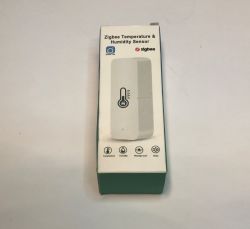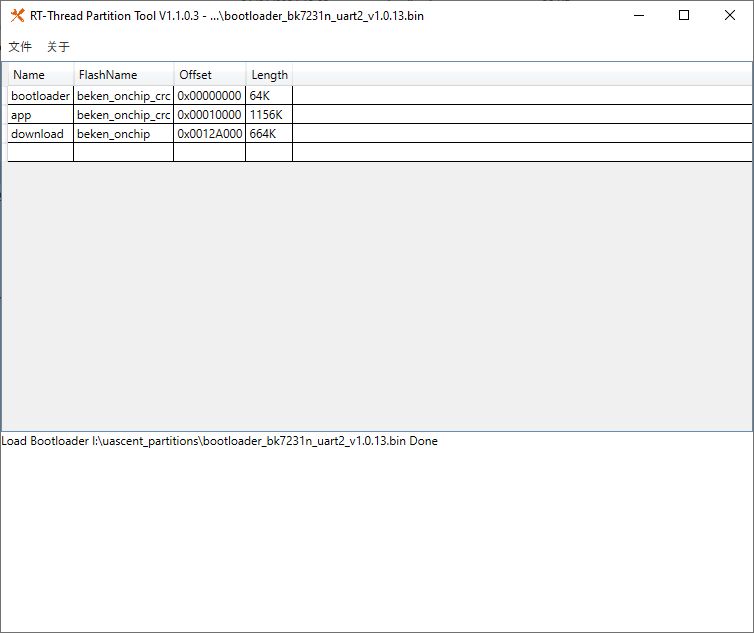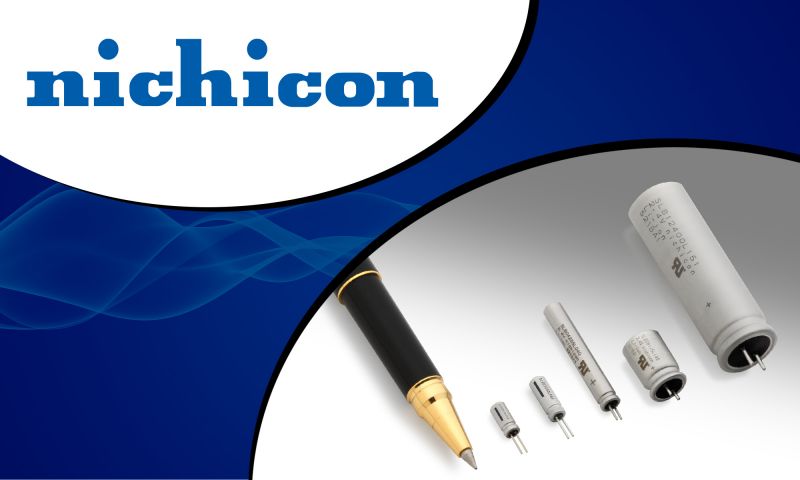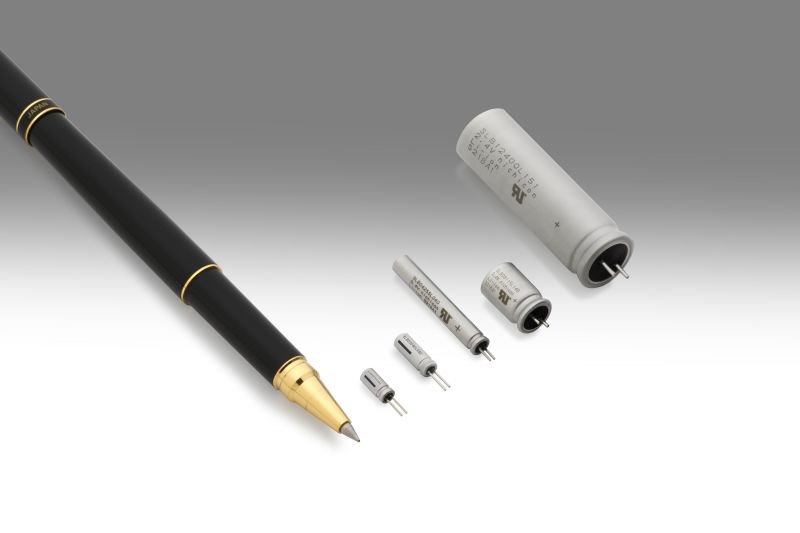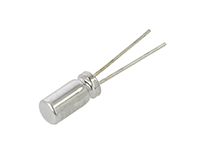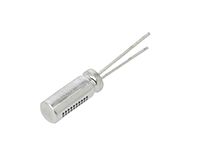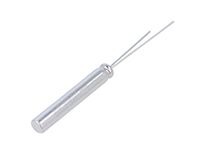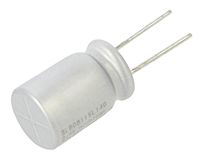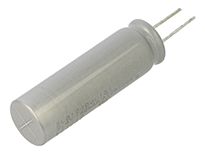Using Nichicon SLB batteries in IoT applications
.
The greatest challenges of modern electronics are efficient energy harvesting and storage. In response to such market needs, Nichicon, the Japanese leader in capacitors, has developed the small SLB series batteries: lithium-ion cells with a lithium-titanium electrode. These are innovative, miniaturised cells that boast unparalleled performance and durability. .
.
The Internet of Things, or IoT technologies, have been with us for years. Although many beneficiaries of these devices may not realise it, they owe a great deal of their convenience to small, energy-efficient devices that perform complex measurements and calculations in our everyday surroundings. They allow us to z collect precise data about traffic, weather, air quality in cities, the state of our health - they improve courier forwarding, warehouse order collection, road, rail and even air transport - what's more, they keep our home and workplace safe . And that's all before we get to the conveniences of smart devices: motion activity sensors, home automation, etc . At the core of all these technologies are energy-efficient wireless communication chips, based on Bluetooth BLE or LoRa modules, powered by miniaturised but efficient energy sources .
Today, it is in the field of mobile power methods that a technological revolution is taking place. Until recently, the main obstacle to progress has not been the capabilities of integrated circuits - but the techniques for supplying them with sufficient energy. Among the most modern methods of storing energy are miniaturised solutions for use in remote sensors or personal devices such as wearable . There are hundreds of products available on the global markets dedicated to such applications, however, few of them match the performance offered by lithium-ion batteries (with a negative electrode made using lithium-titanium technology) Nichicon , grouped under the SLB series . They are based on Toshiba's developed SCiB™ technology - primarily used for high-current energy storage. In miniaturised form, supplied by Nichicon, they retain their perfect electrical performance, but have been encapsulated in the size of a small electrolytic capacitor .
The Japanese supplier, which specialises in building components for power and amplification systems, has introduced the SLB series to its range with manufacturers of portable devices, industrial sensors as well as consumer goods in mind. These batteries maximise the efficiency of energy storage in small systems powered either conventionally or by so-called energy harvesting methods .
Technological advantages of SLB series miniature batteries .
.
Miniature SLB-series cells compared to the size of a regular pen.
Before we focus on the capabilities that the SLB series batteries offer, let's look at their characteristics. Compared to standard solutions, of which the average 18650 format cell can be taken as an example, Nichicon products stand out in virtually every field. They are designed to meet the high requirements not only in terms of dimensions, but also in terms of electrical performance and physical endurance .
Parameters of available models .
Currently in the TME offer you can find 5 models of Nichicon compact batteries . The table below lists their key features:
Multi-year life and safety .
SLB cells offer a lifetime of 25,000 charge/discharge cycles . This makes them suitable for use in circuits where external energy is supplied intermittently, periodically or even sporadically. For example, these could be devices that use photovoltaic panels or miniature wind turbines, or consumer products, placed on a charger only when it is convenient for the user. Repeatedly recharging the battery during the day (e.g. due to cloud cover or variable wind) will not significantly reflect on the energy storage capabilities of SLB cells.
Charge and discharge currents .
The current capabilities of miniature lithium-titanium batteries are noteworthy. Their charge/discharge current reaches a factor of 20C , i.e. 20 times the battery capacity divided by 1h. This means that the current supplied and drawn can be as much as 150mA * 20 = 3A. With such charging parameters, full saturation of the cell with energy will occur after a flood of 3 minutes . Conversely: a battery in a short period of time can deliver a large current, e.g. to switch on a light/alarm, send a message via a long-range radio module etc. Combined with a long lifetime, these characteristics allow the construction of devices that will: (a) recharged only periodically (during maintenance, when reading the meter value), on a daily basis using the accumulated energy sparingly; (b) or recharged gradually , e.g. by means of a small solar cell, however, under certain conditions capable of running not only electronic circuits but also electromechanical components such as servos, solenoid valves etc.
Resistance to environmental conditions .
As we have already suggested, many of the applications in which SLB series cells are and will be used involve harsh environmental conditions. This applies to both remote sensors used in agriculture and consumer devices such as wearable , i.e. body-worn electronics such as medical armbands, location tags or watches type smart watch . A particularly important characteristic of batteries from Nichicon is therefore their thermal tolerance. These articles can operate without hindrance at temperatures ranging from -30°C to 60°C . Furthermore, even when these parameters are exceeded, the articles exhibit a very low probability of failure, spontaneous combustion or explosion . This will be a particularly important feature for consumer equipment manufacturers.
Energy harvesting , it's time to make Tesla's dream come true .
One of the most popular stories about the origins of electronics is Nikola Tesla's project: a large-scale network that would aim to distribute electricity wirelessly. And although the project never made it past the stage of demonstration prototypes that we would today call proof of concept , modern technology to some extent legitimises the Serbian inventor's concept. Here, in the age of energy-efficient IoT circuits ( Internet of Things ), the construction of devices powered 'out of thin air' no longer seems a pipe dream.
Technologies grouped under the term energy harvesting include a range of methods for extracting small amounts of energy from the environment. These include 'classic' solutions such as photovoltaic cells and wind turbines but also less conventional techniques. In addition to movement caused by atmospheric phenomena, the source of energy can actually be any flow of gases and liquids, occurring, for example, in water pipes, sewage pipes, as well as near roads or in air conditioning ducts . Piezoelectrics are also used for energy aggregation, whereby voltage is generated by varying pressure (e.g. on pavements or roadways). As IoT technology develops, it is also increasingly turning to thermoelectric sources, based on the Peltier phenomenon, to exploit temperature differences (e.g. between the atmosphere and a thermal source, a warm water supply or even the human body) to generate small electrical currents. Small, but enough to power, for example, BLE-type Bluetooth modules . And finally, the method closest to Tesla's idea should be mentioned here: acquisition of energy from radio waves .. RF harvesting for power sources ubiquitous radio signals (WiFi, TV and even satellite signals).
Nichicon SLB batteries provide performance ideally suited to the needs of devices using energy harvesting technology. As they can be charged with not only very high but also very low currents, they can be implemented in circuits using the above solutions. This means the construction of a completely new type of electronic device - self-sufficient. As a further consequence, this means tremendous savings related to the reduced need to build power supply infrastructure and maintenance, as well as the possibility of constructing scalable and complex networks both in industry (e.g. commerce, warehousing, welding, etc.) and in the field.commerce, warehousing, shipping, among others), as well as public space (traffic management systems, public transport, meteorological, seismic sensor networks, etc.). Beacons or environmental sensors powered by SLB cells from Nichicon (charged using commonly available energy sources) are another step towards a computerised, secure and environmentally friendly future.
.
[Advertising cooperation with Transfer Multisort Elektronik Sp. z o.o.].



